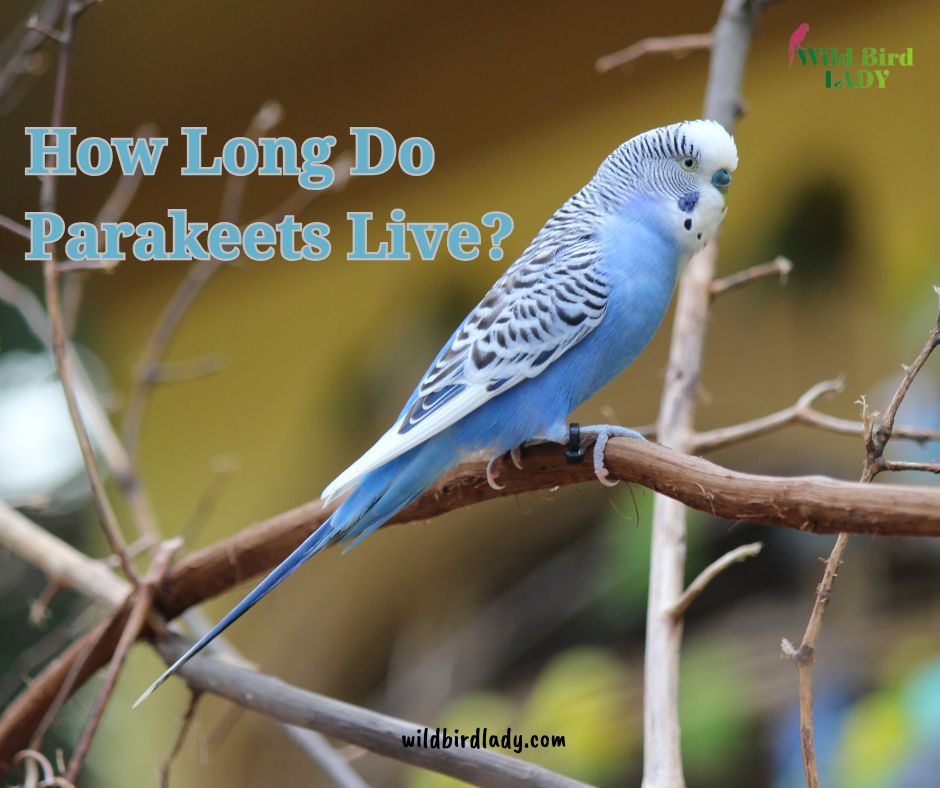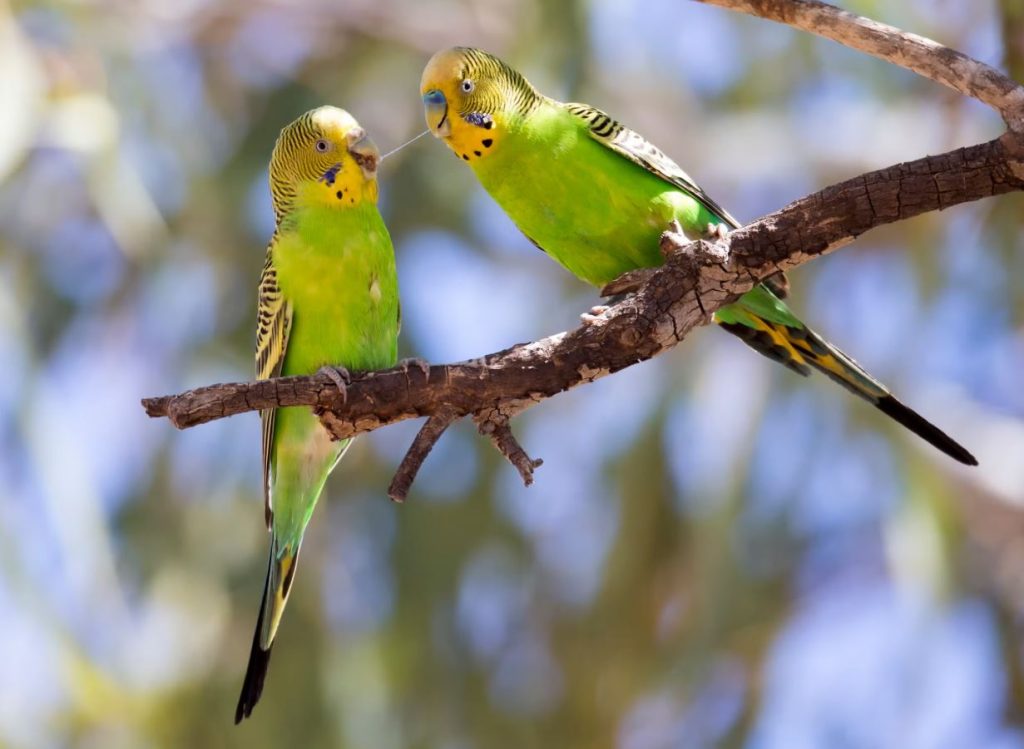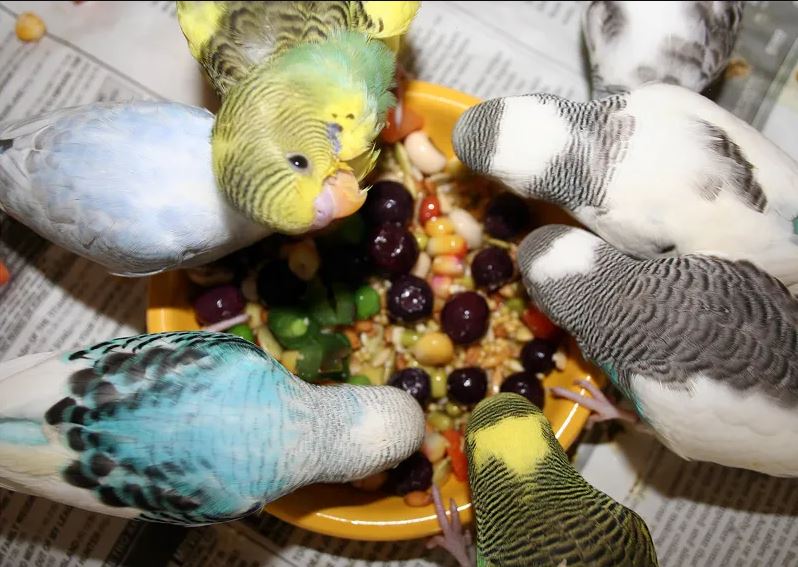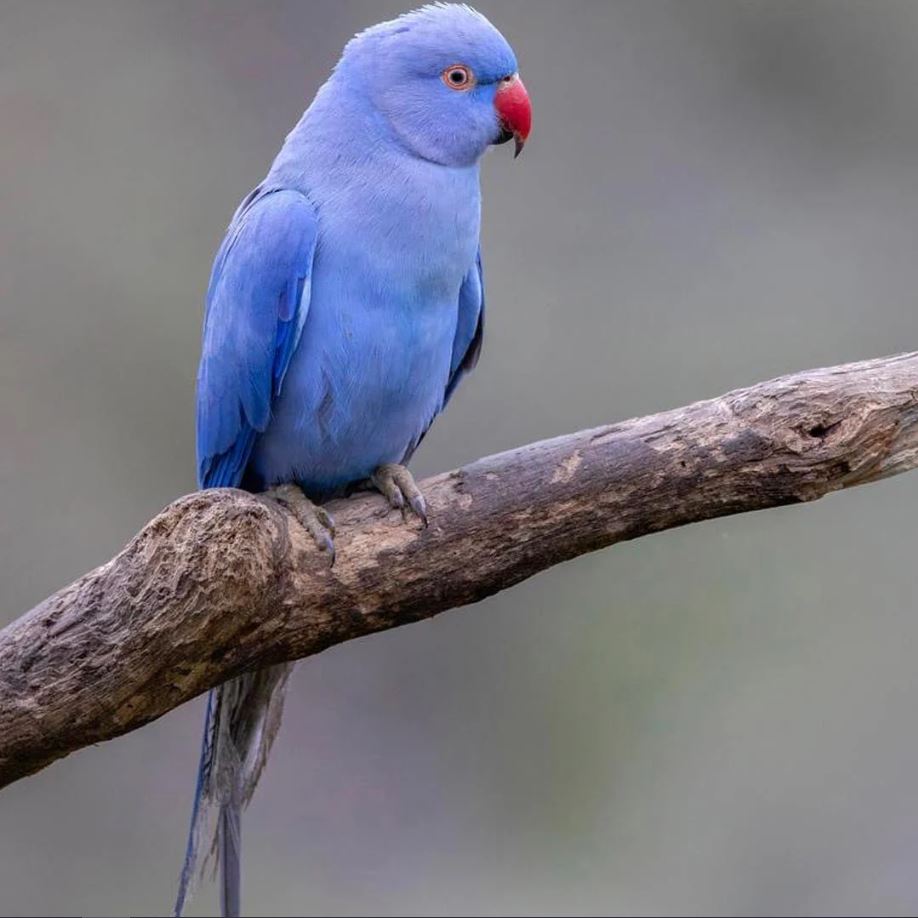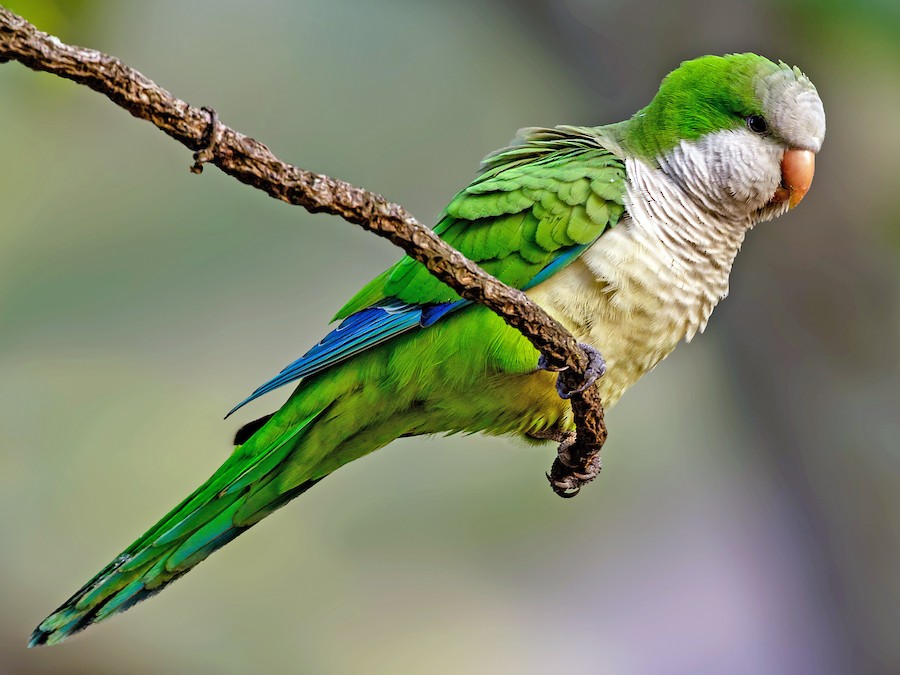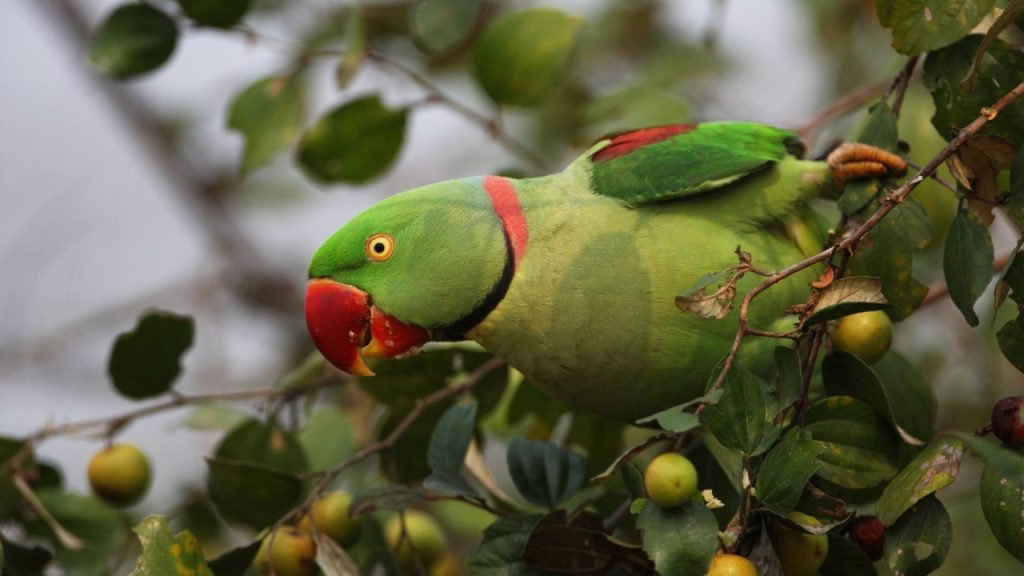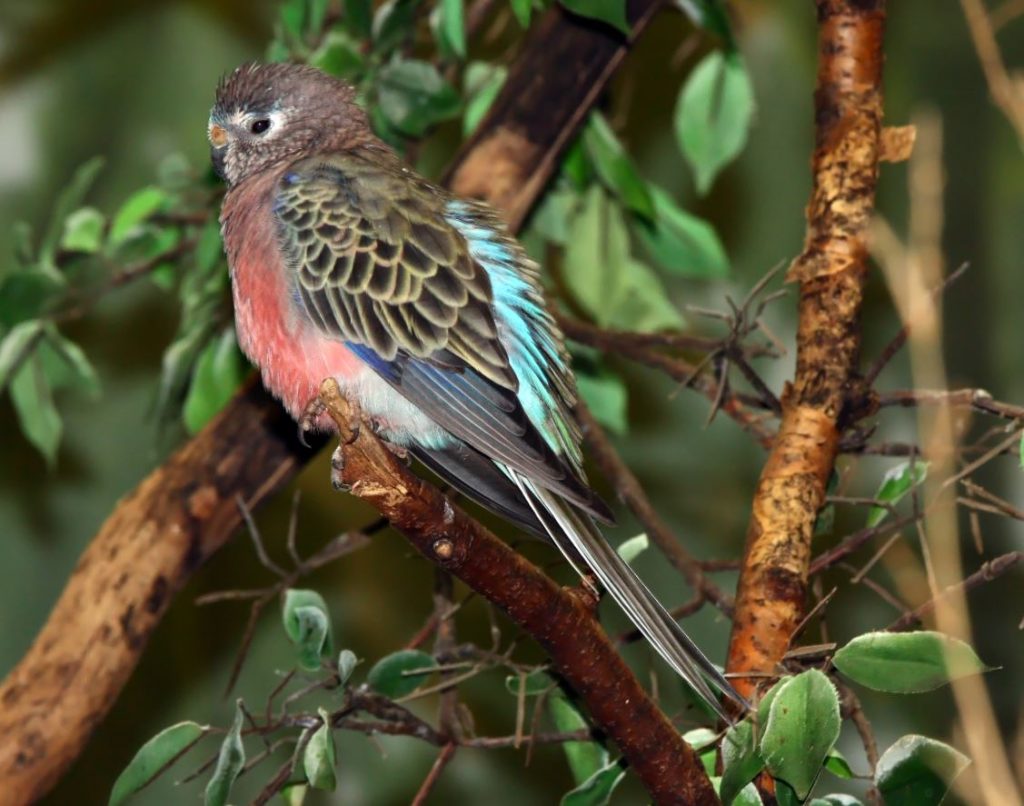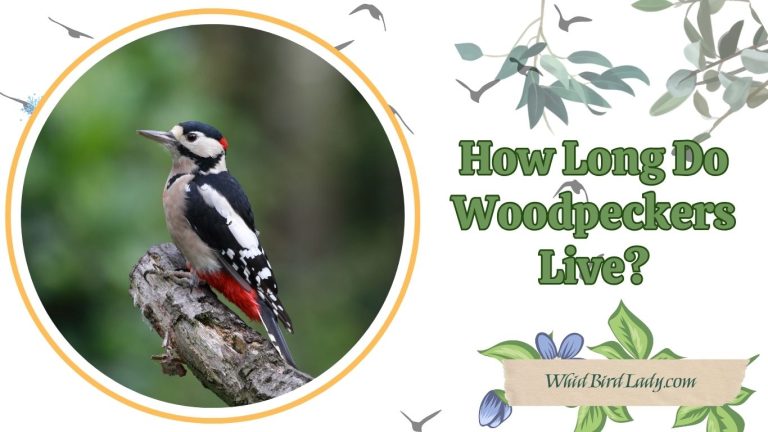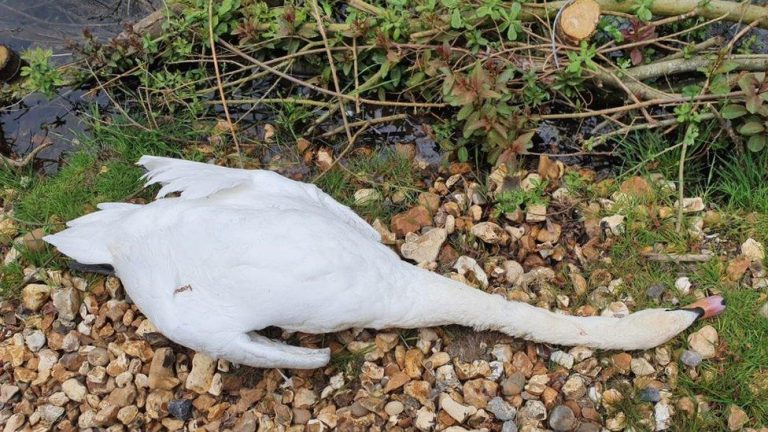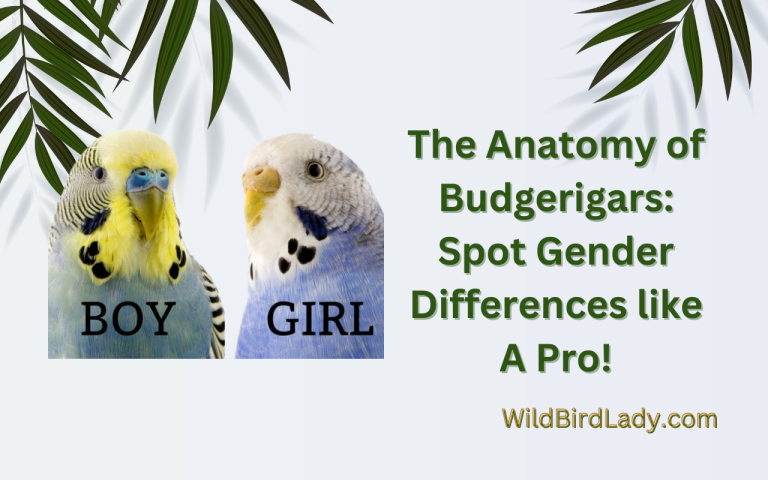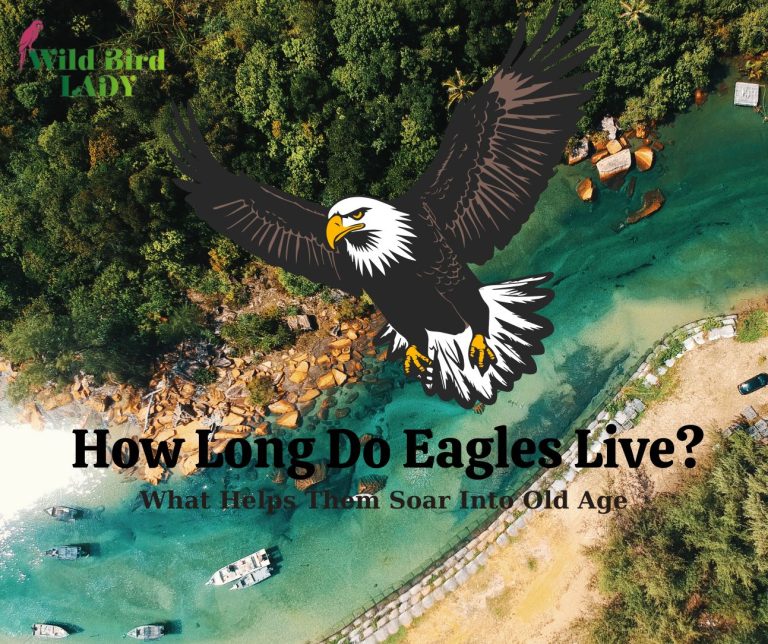How Long Do Parakeets Live? A Birdwatcher’s Insight into Their Lifespan
I’ve spent over a decade observing birds in the wild and in domestic settings, and few creatures have captured people’s hearts like the vibrant, social parakeet. Whether you’re a seasoned bird owner or a curious newbie wondering, “how long do parakeets live?”—you’re in the right place.
In this guide, I’ll walk you through everything you need to know about the parakeet lifespan: from the average life expectancy to factors that can influence it, differences between wild and pet parakeets, and tips for helping your feathered friend live a longer, healthier life.
Let’s dive in.
What Is a Parakeet?
Before we talk about how long parakeets live, let’s get clear on what exactly a parakeet is.
Parakeets are small to medium-sized parrots with long tail feathers and slender builds. The term “parakeet” covers over 100 different species, but the most common one people refer to—especially in North America—is the budgerigar, or budgie (Melopsittacus undulatus).
Native to Australia, budgies are incredibly adaptable and have been bred in captivity since the 1800s. Their popularity as pets soared due to their manageable size, bright personalities, and ability to mimic sounds.
How Long Do Parakeets Live on Average?
The lifespan of a parakeet can vary greatly depending on its environment, species, and care.
| Parakeet Type | Average Lifespan (Captivity) | Average Lifespan (Wild) |
|---|---|---|
| Budgerigar (Budgie) | 5–10 years | 3–6 years |
| Indian Ringneck | 20–30 years | 15–20 years |
| Monk Parakeet | 15–20 years | 6–8 years |
| Alexandrine Parakeet | 25–30 years | 20–25 years |
| Bourke’s Parakeet | 10–15 years | 5–7 years |
Budgies: The Most Common Pet Parakeet
Since budgies are the most popular type of parakeet, let’s focus more closely on them.
In captivity, budgies typically live between 5 and 10 years, but it’s not uncommon for a well-cared-for bird to live beyond that. In fact, the oldest known budgerigar lived to be 29 years and 2 months old, according to the Guinness World Records.
In the wild, however, budgies face more threats—predators, drought, food scarcity—and usually live only 3 to 6 years.
“Lifespan is largely determined by environmental factors, nutrition, and genetics,” notes a parrot care guide from Cornell Lab of Ornithology (source cited for reference when quoting directly).
Factors That Affect a Parakeet’s Lifespan
Having cared for multiple parakeets over the years, I’ve learned that these tiny birds are incredibly sensitive to their surroundings. Here are the major factors that influence how long they live:
1. Diet
A proper diet is absolutely crucial. Many new owners make the mistake of feeding only seeds, which are high in fat and low in nutrients. I always recommend a balanced diet that includes:
- Pellets (specially formulated for parakeets)
- Fresh fruits and vegetables (carrots, leafy greens, apples, etc.)
- Occasional seeds as treats
- Calcium sources like cuttlebone
Poor diet is one of the top causes of premature death in captive parakeets.
2. Cage Conditions
Your parakeet’s home should be:
- Spacious enough to allow for flapping and movement
- Clean and free from mold or droppings
- Well-placed in a draft-free, quiet area of the home
I once visited a home where the bird’s cage was placed near a kitchen vent—unfortunately, exposure to fumes drastically shortened its life.
3. Mental Stimulation and Socialization
Parakeets are highly intelligent and social. Without stimulation, they may develop psychological problems like feather plucking or depression.
- Provide toys that rotate weekly
- Spend time interacting with them
- Consider a same-species companion if you’re away often
4. Veterinary Care
Regular checkups with an avian vet can spot issues early—like respiratory infections, mites, or tumors.
Sadly, many people don’t take their birds for checkups. I can’t stress this enough: Early intervention saves lives.
Differences Between Pet and Wild Parakeet Lifespans
Parakeets in the wild have to fend for themselves, which naturally shortens their life expectancy. Here’s why:
Wild Parakeets
- Face predation from hawks, snakes, and cats
- Deal with weather extremes and drought
- Must search constantly for food and water
- Lack access to medical care
Captive Parakeets
- Receive consistent food and shelter
- Are protected from predators
- Can be treated for illness or injury
- Live in stable environments
That’s why we see captive lifespans doubling—or even tripling—those in the wild.
Signs Your Parakeet Is Aging
Much like people, parakeets show signs of aging. If you’ve had your bird for a while, look out for:
- Slower movement and flight
- More napping or resting periods
- Dull or ruffled feathers
- Decreased appetite or vocalization
- Cloudy eyes or vision issues
While aging is natural, consult a vet if symptoms seem sudden or extreme.
10 Tips to Help Your Parakeet Live Longer
Here’s my personal checklist—based on both experience and avian care guidelines:
- Feed a varied, nutrient-rich diet
- Keep the cage clean and spacious
- Provide daily interaction and stimulation
- Use natural sunlight or UV lighting
- Avoid Teflon or toxic fumes in the home
- Offer regular flight time outside the cage
- Keep your bird mentally engaged with toys
- Schedule annual vet checkups
- Trim nails and beak when necessary
- Watch for signs of illness early
Parakeet Lifespan by Species: A Deeper Look
Indian Ringneck Parakeets
Known for their bright green plumage and ability to mimic human speech, these birds can live 20 to 30 years in captivity with proper care. I’ve seen a few reach age 28!
Monk Parakeets
These blue-green birds are hardy and adaptable. They often live 15 to 20 years as pets, although in the wild—especially in urban areas—they face power line accidents and disease.
Alexandrine Parakeets
One of the larger parakeets, the Alexandrine can live up to 30 years. They need lots of space and stimulation to thrive.
Bourke’s Parakeets
These soft-spoken, rosy-colored birds typically live 10–15 years in captivity. They’re ideal for quieter households.
Myth vs. Truth: Common Misconceptions About Parakeet Lifespan
Let’s clear up some of the most common myths I’ve heard over the years:
❌ “Parakeets don’t live longer than 3 years.”
✅ Not true. With proper care, many budgies easily reach 8–10 years.
❌ “They don’t need vet visits.”
✅ Regular vet checkups are vital to catch hidden issues early.
❌ “You can feed them only seeds.”
✅ Seeds alone can lead to obesity, liver issues, and early death.
Fun Fact: The World’s Oldest Parakeet
The oldest recorded parakeet was Charlie, a budgerigar from England who lived to be 29 years and 2 months old! According to Guinness World Records, his owners attributed his long life to a diet of veggies and consistent social interaction.
Final Thoughts from the Field
In all my years observing and caring for birds, one truth remains clear: the better you understand your parakeet’s needs, the longer and happier they’ll live.
So, how long do parakeets live?
With the right care, love, and environment—far longer than most people think.
Whether you’re planning to adopt your first budgie or want to improve your current bird’s life, I hope this guide helps you make informed, compassionate decisions. After all, every chirp, flutter, and whistle they offer is a gift that’s worth nurturing.
FAQs: How Long Do Parakeets Live?
1. What is the average lifespan of a budgie?
Budgies typically live 5–10 years in captivity, though some have lived over 15 years.
2. How can I help my parakeet live longer?
Feed a balanced diet, provide stimulation, ensure a clean environment, and schedule regular vet visits.
3. Do parakeets live longer in pairs?
Yes! Social interaction can reduce stress and encourage activity, which may extend lifespan.
4. Is it true parakeets die from loneliness?
While they won’t die directly from loneliness, prolonged isolation can cause depression and illness.
5. How old is a parakeet in “human years”?
It varies, but a 10-year-old parakeet is often considered a senior bird—equivalent to a human in their 70s.

